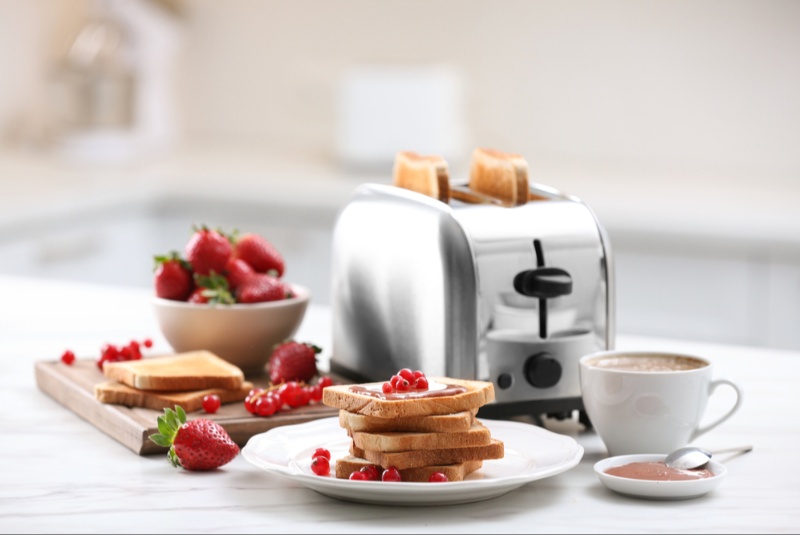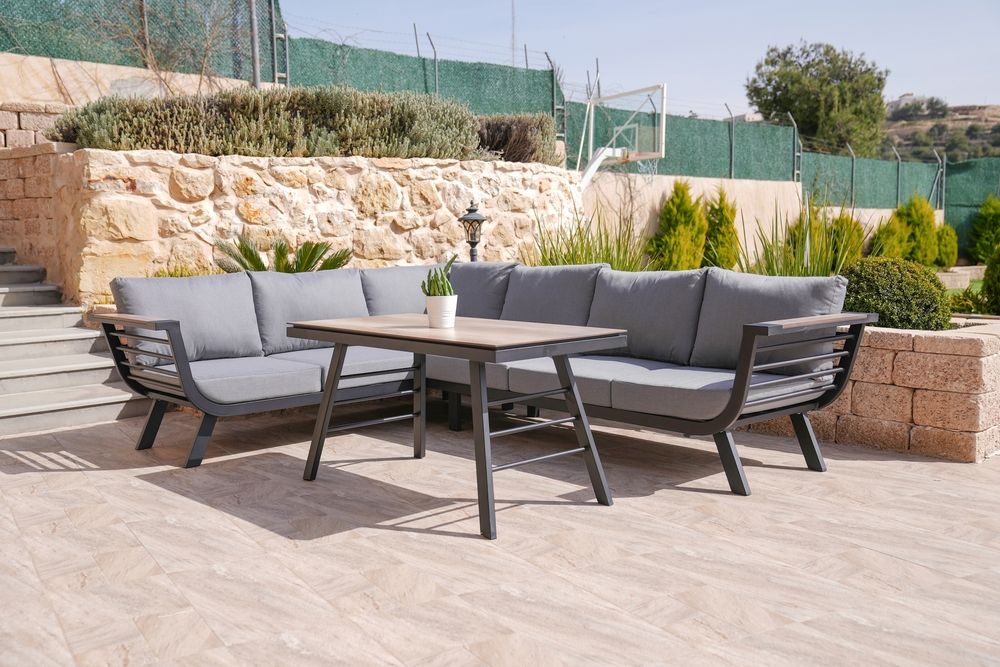A bread toaster is a staple in many kitchens, providing a simple yet essential service – transforming bread into warm, crispy toast. However, choosing a reliable toaster goes beyond just picking any appliance off the shelf. From understanding different types to considering key features, this 1,300-word guide aims to assist the savvy shopper in selecting a bread toaster that combines efficiency, durability, and quality, ensuring perfect toast every time.
Understanding Different Types of Toasters
Toasters come in various types, primarily distinguished by slot size and quantity. The most common are two-slice and four-slice toasters, catering to different family sizes and needs. There are also toasters with long slots to accommodate different bread types, such as artisanal bread. This section will introduce readers to the different types of toasters available, helping them decide which format best suits their daily needs.
Key Features to Look For
When shopping for a bread toaster, several key features should be considered. These include adjustable browning controls for achieving the perfect toast shade, automatic shut-off for safety, and removable crumb trays for easy cleaning. More advanced models may offer features like bagel settings, defrost options, and reheat functions. This part of the article will delve into these features in detail, guiding readers on what to look for to meet their toasting preferences.
Toasting Performance and Consistency
A toaster’s primary job is to deliver evenly browned toast consistently. Good toasting performance involves even heat distribution and the ability to handle a range of bread types and sizes without significant variations in outcome. This section will discuss how to assess a toaster's performance, including tips on checking customer reviews and product demonstrations.
Material and Build Quality: Durability Matters
The material and build quality of a toaster not only affect its durability but also its aesthetic appeal. Stainless steel toasters are popular for their durability and ease of cleaning, while plastic models are often more affordable. The build quality also influences the toaster's stability and safety features. This part will provide insights into selecting a toaster that promises longevity and reliability.

Size and Counter Space Considerations
Kitchen counter space is a valuable commodity in many homes. The size of the toaster and the space it occupies can be a deciding factor, especially in smaller kitchens. Compact toasters or models with a slim profile can be ideal for space-saving, while larger models might offer more functionality. This section will address how to balance the toaster's size with kitchen space availability.
Ease of Use and Maintenance
User-friendliness is key in any kitchen appliance. Toasters with intuitive controls, clear settings, and easy maintenance can enhance the user experience. Maintenance factors, like the ease of removing and cleaning crumb trays, contribute to the appliance's longevity and hygiene. This segment will focus on the importance of ease of use and maintenance in choosing a toaster.
Safety Features
Safety is an important consideration, especially in households with children. Features like cool-touch exteriors, automatic shutoff mechanisms, and high-lift levers to safely retrieve smaller slices of bread can prevent burns and accidents. This part of the article will guide readers on the essential safety features that a reliable toaster should possess.
Brand Reputation and Warranty
A brand's reputation can be a good indicator of product quality and customer satisfaction. Well-known brands often provide better warranties and customer service. This section will discuss the importance of researching brands, understanding the warranty provided, and considering after-sales service in the decision-making process.
Energy Efficiency
In an age of environmental awareness, the energy efficiency of kitchen appliances has become a consideration for many. This part of the guide will touch on how to choose a toaster that is energy efficient, reducing electricity usage and contributing to a lower carbon footprint.
Price and Value for Money
Toasters are available in a wide range of prices, from budget-friendly options to high-end models with additional features. Determining a budget while considering the value offered by the toaster’s features, durability, and performance is crucial. This section will help readers understand how to get the best value for their money, ensuring that the price aligns with the toaster’s quality and capabilities.
Aesthetics and Design
While functionality is paramount, the aesthetic design of a toaster can also be a significant factor, as it contributes to the overall look of the kitchen. From retro designs to sleek, modern aesthetics, toasters come in various styles. This part of the article will encourage readers to consider how a toaster’s design complements their kitchen decor.
Toasting to a Wise Purchase
In conclusion, buying the perfect bread toaster involves a blend of understanding key features, assessing performance and durability, and aligning with personal needs and kitchen space. By carefully considering these factors, shoppers can select a toaster that not only meets their daily breakfast needs but also enhances their overall kitchen experience. Remember, the ideal toaster is one that consistently turns out perfect toast, fitting seamlessly into your kitchen routine and lifestyle.




